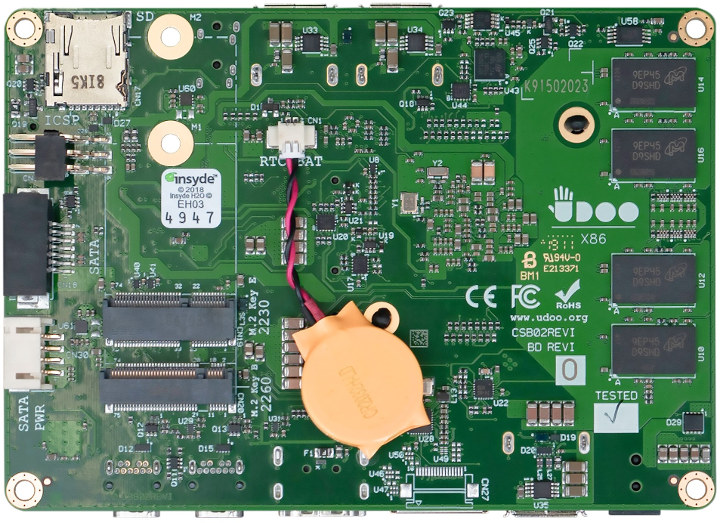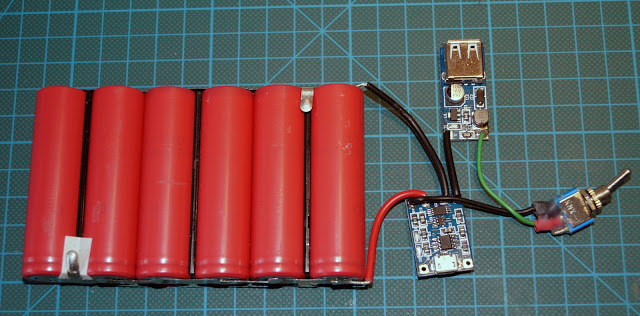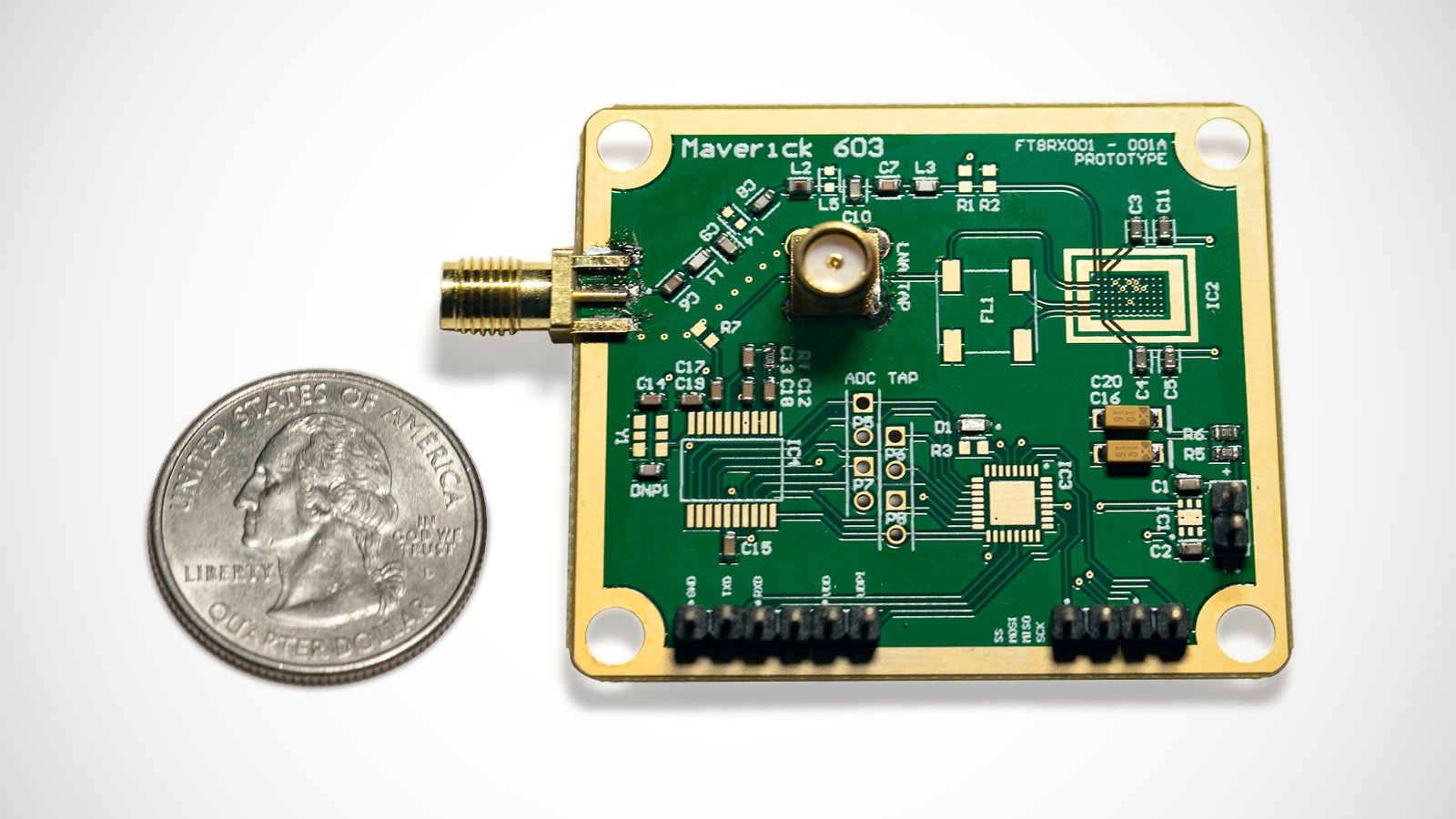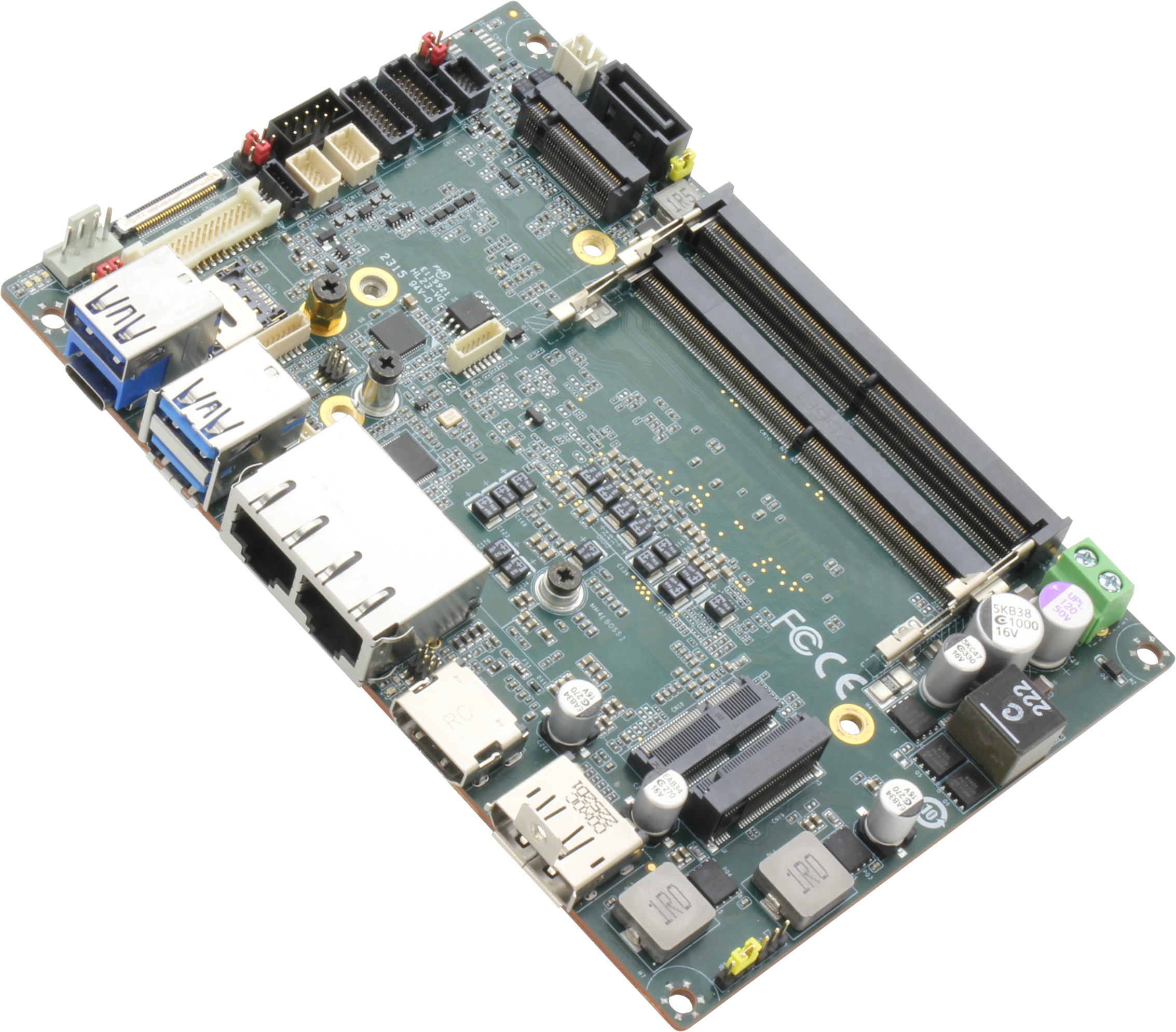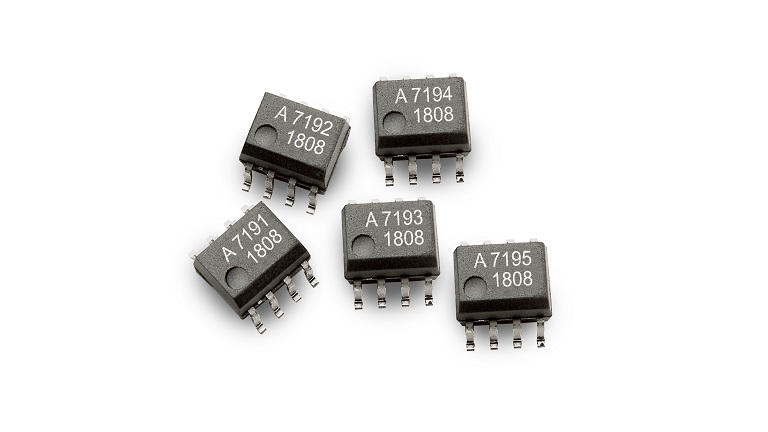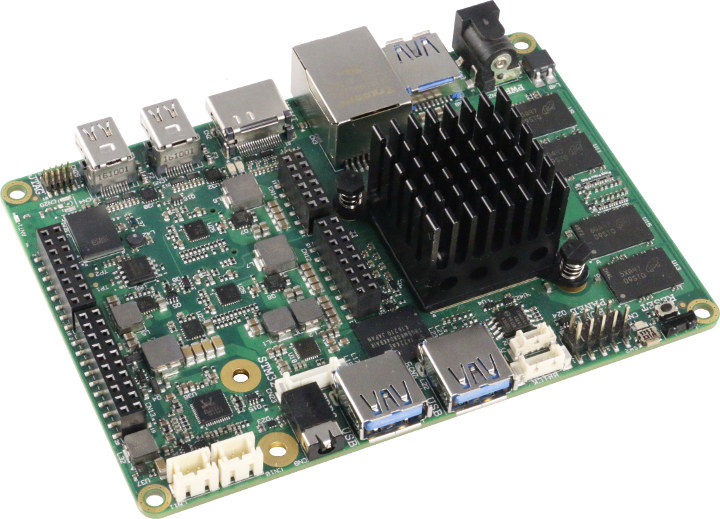
UDOO X86 II SBC Combines Intel Braswell SoC with Microchip ATMega32U4 “Arduino” MCU
SECO, the company behind the brilliant UDOO X86, recently announced the release of another version of the board which is being called the UDOO X86 II SBC. While the UDOO x86 development board which was introduced in a crowdfunding campaign has grown in leaps and bounds with several accessories developed for it, It is falling into the same continuity predicament with several boards running an Intel Curie based processors due to the announcement by Intel to discontinue the production of the processors.
The Intel Currie processors were part of intel’s big bet on the x86 Smartphone wave which din’t quite pay off and it being discontinued by Intel meant the end to production for the UDOO x86. To mitigate this and give users continued access to the incredible power and performance provided by the UDOO x86 boards, SECO decided to branch off into another version of the board, offering the same features but replacing the Intel Curie module with the Atmega32u4 microcontroller which is the same Microcontroller on the Arduino Leonardo.
According to SECA which referred to it as “the most powerful x86 maker board ever”, the UDOO x86 11 SBC combines Quad Core 64-bit new-generation x86 processors made and designed for the PC domain by Intel® with the Atmega2u4 microcontroller to deliver a board that can run all the software available for the PC world, from gaming and video streaming, to graphical editors and professional development platforms, while also giving users access to all the pecs of the Arduino™ Leonardo world, including the ability to build projects using the Leonardo compatible sketches, libraries and the official Arduino™ Leonardo IDE.
The new board’s line up comprises of two models;
- The UDOO X86 11 Ultra
- The UDOO X86 11 Advanced Plus
The difference between the two boards is in the SOC that was used on them and the features defined by it. The UDOO X86 11 Ultra runs on the Intel Pentium N3710 quad-core Braswell processor with up to 2.56 GHz speed, 8 GB DDR3L(dual channel), and an Intel HD Graphics 405 up to 700 MHz; 14nm process, 6W TDP. The Advanced Plus model, on the other hand, runs on an Intel Celeron N3160 quad-core Braswell processor with up to 2.24 GHz speed, 4 GB DDR3L (dual channel), and the Intel HD Graphics 400 up to 640 MHz; 14nm process, 6W TDP.
On the ATmega32U4 side, the boards feature the standard, Arduino Leonardo compatible pinouts with up to 12 analog input pins and 23 Digital I/Os which include 7 pwm enabled pins along with’ 1x UART, 1x I2C, and 1x SPI ports with the communication between the Braswell SOC and the ATmega32U4 Microcontroller done over an internal USB interface, just the same way Arduino Leonardo boards are connected to external PCs.
A summary of the features of the board is provided below.
- SoC
UDOO X86 II Ultra – Intel Pentium N3710 quad-core Braswell processor @ up to 2.56 GHz, Intel HD Graphics 405 up to 700 MHz; 14nm process, 6W TDP
UDOO X86 II Advanced Plus – Intel Celeron N3160 quad-core Braswell processor @ up to 2.24 GHz, Intel HD Graphics 400 up to 640 MHz; 14nm process, 6W TDP - System Memory
Ultra – 8 GB DDR3L dual-channel (soldered)
Advanced Plus – 4 GB DDR3L dual-channel (soldered) - 32GB eMMC flash, standard SATA connector, M.2 Key B SSD slot, MicroSD card slot
- 1x HDMI 1.4 port up to 4K @ 30 Hz, 2x miniDP++ connectors
- Microphone + Headphone combo connector, speaker internal header, S/PDIF output
- Supports H.265/HEVC, H264, MPEG2, MVC, VC-1, WMV9, JPEG, VP8 Video Decoding
- Supports H.264, MVC, JPEG
- Gigabit Ethernet, M.2 Key E slot for optional Wireless modules
- USB 3.0 type-A sockets (x3)
- UART ports (x2)
- LPC, 2x I2C, GPIOs
- Touch Screen Management signals on expansion connector
- Up to 20 extended GPIOs, multiplexed with other interfaces
- MCU – Microchip ATmega32U4 8-bit AVR MCU @ 16 MHz with 2.5 KB SRAM, 32 KB flash, and 1 KB EEPROM
- Arduino Leonardo-Compatible and compatible with most Arduino Shields 5V compliant.
- Up to 23x digital I/O including; 7x PWM, 1x UART, 1xI2C, and 1xSPI
- 12x analog Inputs
- IR interface
- Onboard RTC with Battery
- 12V/3A via power barrel jack for Power Supply.
Both models of the board can run any of Windows 10, 8.1, 7, Android x86 and any Linux distribution for x86 64-bit. Both models of the board are now available for sale on UDOO shop with the Ultra going for as much as $267 and the advanced plus at $164.
More information on the boards can be found on the product page on UDOO Shop and on the Product Documentation page.





